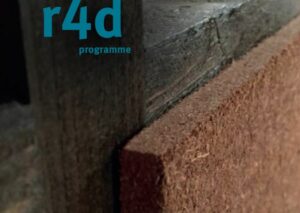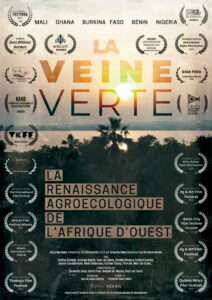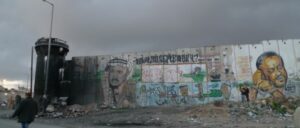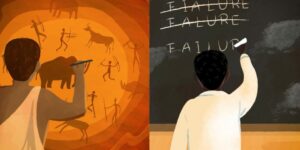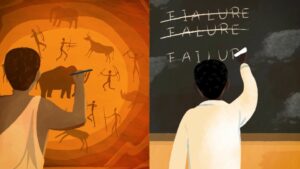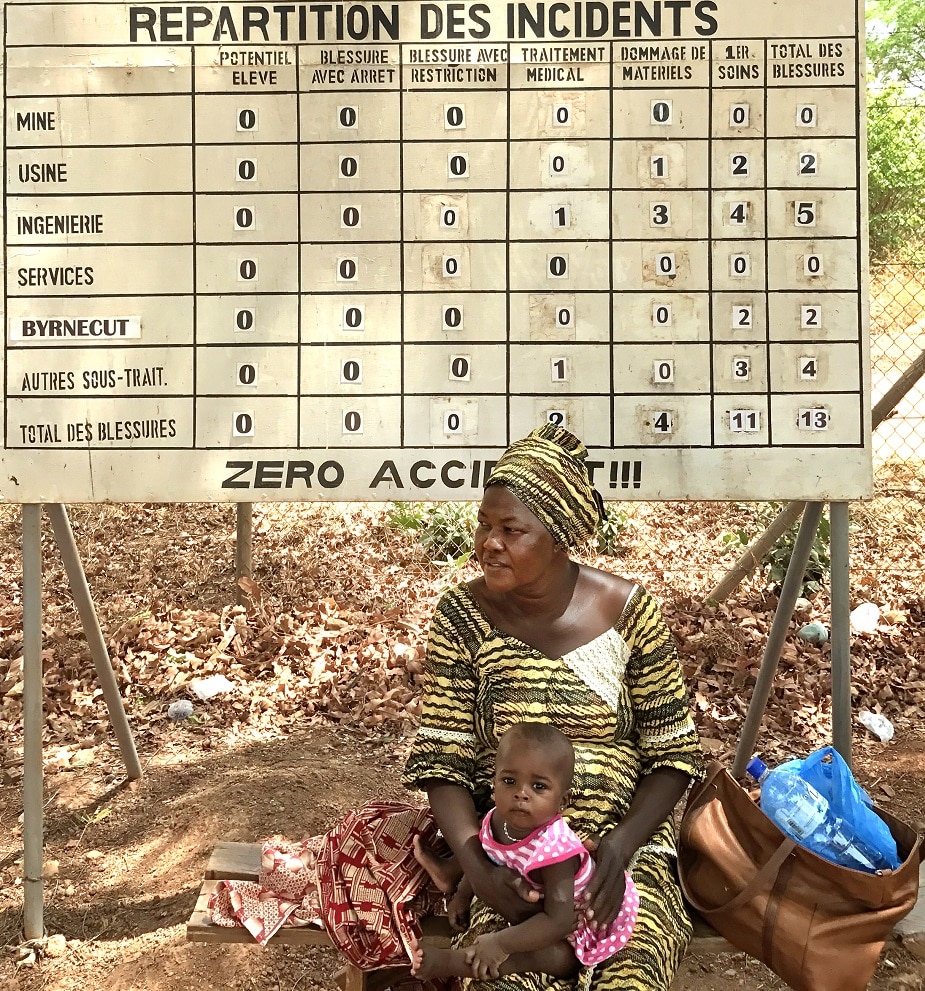
Mining dialogues: Designing a tool for healthy conflict in Africa
If you’re reading these words on a laptop or a mobile phone, chances are you’re using a battery made with raw materials once buried deep in the ground, thousands of miles away.
Graphite is one of those materials. Every lithium battery used in electronic devices has 10 times more graphite than lithium. And with the consumer electronics market increasing steadily, demand for the mineral isn’t going away any time soon.
Some of that graphite supply has its origins in southern Africa. “In Mozambique there’s currently a graphite boom coming because they have high-quality graphite,” says Fritz Brugger, a senior scientist at the ETH-NADEL Center for Development and Cooperation in Zurich, Switzerland.
But the business of extracting valuable natural resources often comes with conflict. Out of sight for most consumers, mining raw materials like graphite can be disruptive and messy.
“How can we improve the quality of the conflict?”
Fritz Brugger, ETH-NADEL Center for Development and Cooperation
Everything changes for communities living close to mining areas – competition for jobs, pressure on healthcare systems, environmental pollution, the visual landscape. Companies face costly interruptions if local people disagree with how they operate and take to the streets. And for governments, it’s often difficult to channel the revenue these industries generate into sustainable development.
Brugger believes there’s a way through difficult discussions to foster better dialogue between everyone involved. “There will always be negotiations. That’s okay,” he says. “The thing is, how can we improve the quality of the conflict?”
For that to happen, Brugger believes dialogue has to be based on impartial evidence and monitoring over a long period, not just when conflict flares up. And a tool designed to help that process along is about to go online later this year.
Evidence to foster trust
More often than not, moves to resolve conflict stumble on mistrust. It’s a familiar story: companies may produce social-economic surveys but are reluctant to share the information; NGOs will often dispute the figures and produce their own assessments; communities will struggle to translate their experience into evidence that counts.
What if all parties to the conversation had easy access to the same data and information as a basis for dialogue?
That’s the idea behind the Resource Impact Dashboard (RID), a web-based, open-source platform developed by Brugger and colleagues in partner institutions. The project is supported by the r4d programme, a joint initiative by the Swiss Agency for Development and Cooperation and the Swiss National Science Foundation.
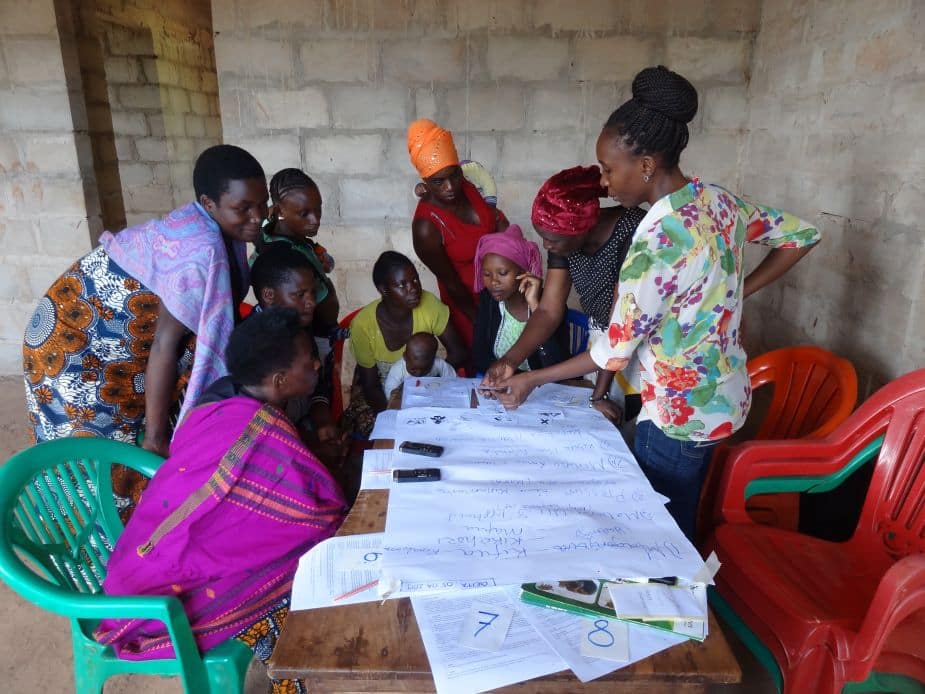
Picture 1: Participatory data collection in communities next to an industrial mining site in Nyamalembo, northwestern Tanzania
The dashboard is designed to help negotiations locally, by becoming an independent evidence base accessible to all parties.
But it could also inform policy and monitoring of extractive industries internationally, by making it possible to assess mining impacts across several sites over time.
“The core of it is collecting and triangulating data in a structured and systematic way,” says Brugger.
That includes government statistics to give a measure of health, education and how revenues from mining are distributed. Data sourced from companies shed light on their environmental performance and interactions with communities, including grievance mechanisms or social investments. And through representative household surveys, the tool reflects the community’s perspective on issues such as environmental or financial concerns, access to basic services and jobs, social dynamics and their relationship with the company.
“Our idea is to get the mines and communities engagedto use this methodology.”
João Salavessa, Lurio University
RID is designed to integrate this information, and reflect the three-way link between communities, companies and governments. Each will have their interests, says Brugger, but the tool needs to be objective. “We list communication activities from the mining company, but we also ask community members whether they were consulted by the mining company or whether they have received information about employment,” he explains. “And we do not go beyond and say, ‘one party or the other has done wrong’”.
It’s up to the data to reveal if something was done to address community concerns, or if consultation was effective.
Groundwork in Mozambique
The concept has its roots in Brugger’s doctoral work, and the stubborn problems it tackles have troubled development practitioners for years. Before taking the form of a dashboard, the framework for collecting and analysing data was tested with help from partners in Burkina Faso and Mozambique.
Two mining sites are involved in each country. While in Burkina Faso the focus is on extracting gold, in Mozambique the mining companies deal with different materials. Syrah Resources, a company headquartered in Australia, extracts graphite. Kenmare Resources, headquartered in Ireland, mines mineral sands that contain Titanium feedstocks, used mainly to make Titanium dioxide pigment for products such as paint and plastic, and Zircon sand, a raw material used in ceramics.
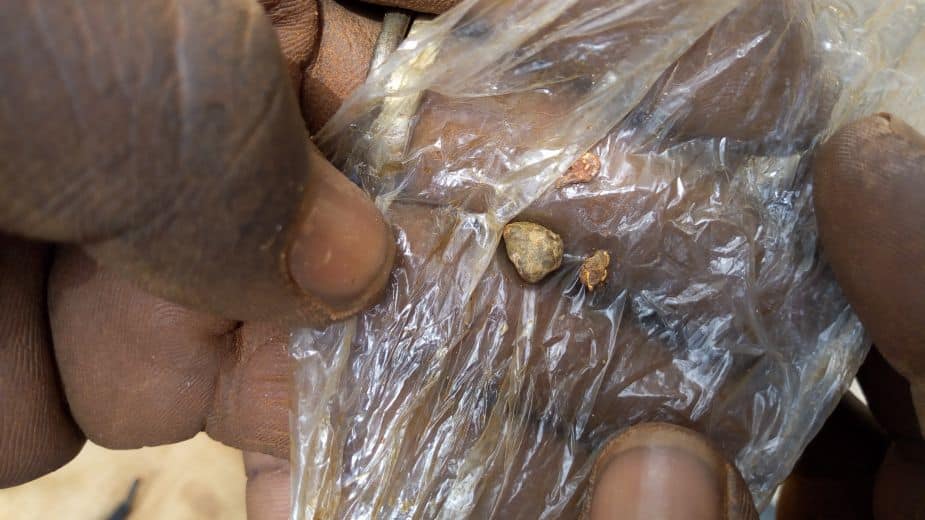
Picture 2:An intermediate product of gold extracted in a mine in Burkina Faso
From the outset, the work on the ground has been guided by João Salavessa, the founding Director of the Faculty of Social Sciences and Humanities at Lurio University (Unilurio), Mozambique.
“We developed some field work to do the household surveys with our students from the university here,” says Salavessa. “Our idea is to … get the mines … engaged and starting to use this methodology.”
Surveys in two pilot sites have been completed since 2018, with the third pending until the country’s Covid-19 lockdown gets lifted.
It’s proving fairly easy to get the data on community investments or local employment from mining companies; getting them to share environmental monitoring data or information about grievance handling is proving much more challenging. And things are somewhat complicated when it comes to government institutions. Sometimes the data is spread across departments, and sometimes it’s just not available. “We are learning how to deal with the government,” says Salavessa. “It depends a lot on the person you are meeting with.”
Reinvesting mining revenues
After building the database and testing the dashboard, the team plans to promote the tool in Mozambique, Burkina Faso and neighbouring countries. Data will need to be added to the system over the long-term to keep it up to date.
The need for it isn’t about to fade any time soon: where there is resource extraction, conflict is bound to follow.
But the team sees value beyond resolving conflict. The hope is that RID can also help promote sustainable and equitable development.
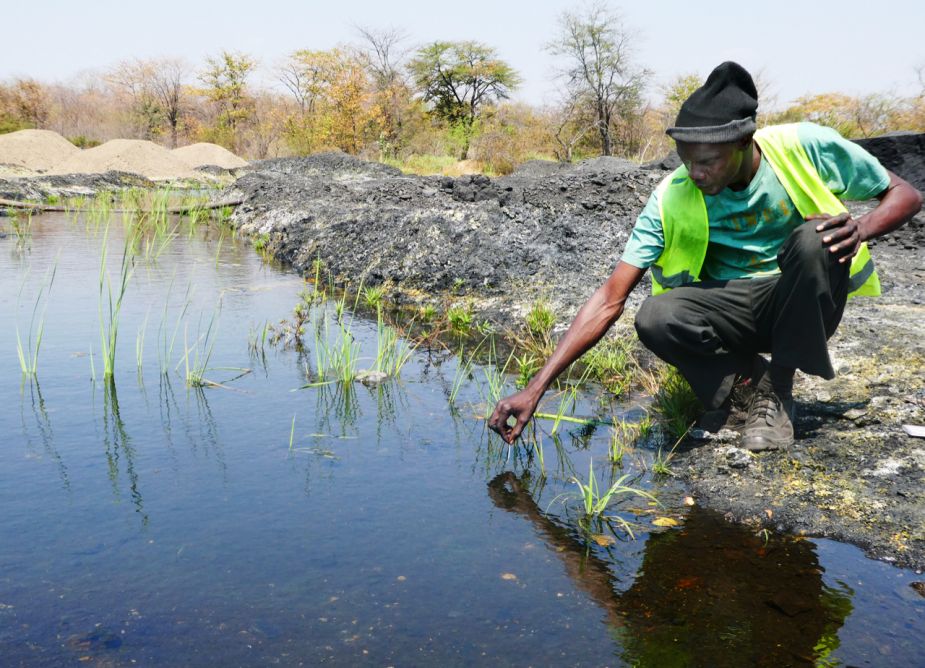
Picture 3: Member of a community monitoring group testing water quality at a mining site in Zimbabwe
Brugger says research studies tend to look at the local effects of mining in snapshots, or case studies. But through the dashboard, a user can put those snapshots together and visualise development trends over time, in different mining areas.
Though not a direct goal of the project, this is important because developing countries whose finances depend on natural resources often fail to use revenue from extraction to boost their economies, or to invest in public services.
Like communities around mines, governments struggle to promote development off the back of these projects. Only a small elite tends to benefit, while local people are left to deal with the fallout.
Even when revenues do feed back into the state, they often go towards paying salaries and expenses rather than investing in social services, health or education – and this ends up depleting the country’s overall wealth. Economists call this ‘weak sustainability’, Brugger explains, and it’s a concept that underpins the work. “That’s behind the policy recommendations to resource-rich countries to reinvest what they earn from resource
Related Posts
The Green Vein: Agroecology Rising in West Africa
Für eine neue Kultur des Scheiterns
Sources
r4d Project and r4d Transformation Accelerating Grant:
Local Impact of Mining; Resource Impact Dashboard (RID); Promoting the use of the Resource Impact Dashboard (Pro-RID)
r4d Policy Brief 2/2020 Public monitoring of the economic, social and environmental effect of industrial mining
Research and Implementation partners:
Unilorio University, Mozambique; Insuco Foundation for Social Research (IFSRA), Burkina Faso; African Development Bank; ETH Zurich
Photo credits:
Title, picture 3 Fritz Brugger, picture 2 Dominik Dietler, picture 1 Andrea Leuenberger
About the author:
Anita Makri is a freelance writer/editor/producer based in London
